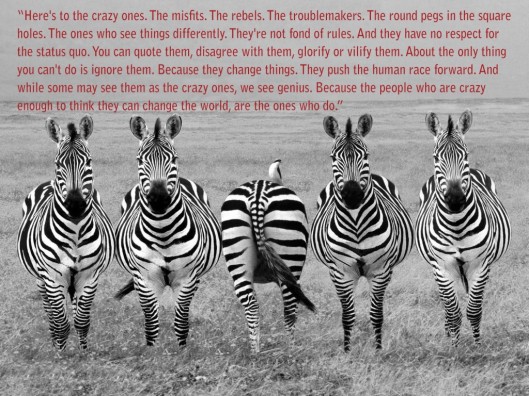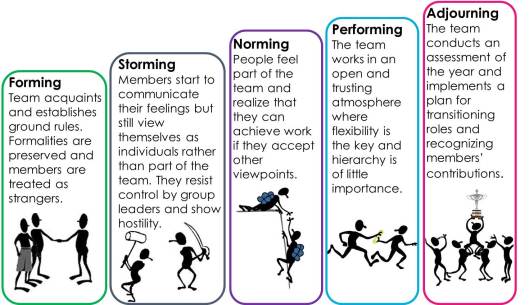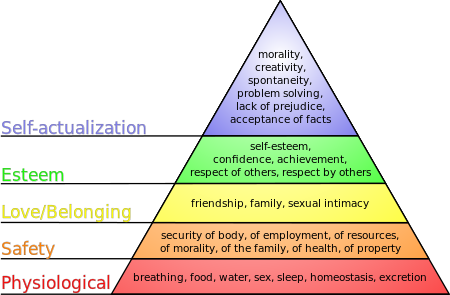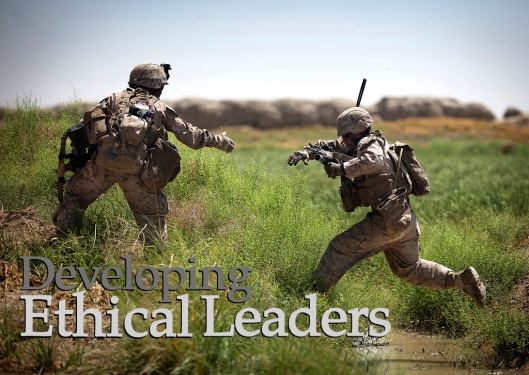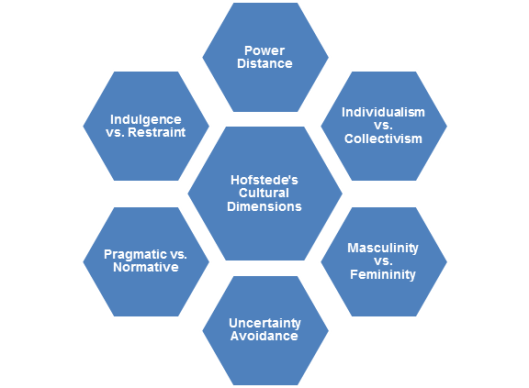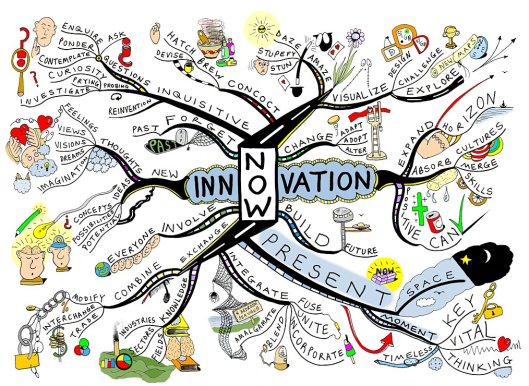Have you ever led a team? How does it feel? Do you prefer to lead or to be led? Do you have preference style when you lead? What do you think are the key success factors required to be a great leader? What are the challenges?
My Preference Leadership Style
There are various leadership styles that can be applied when you lead. As for me, situational leadership style in which the leader uses different approaches in relation to different circumstances is my preference style. Circumstances here depends on the readiness of the people which measured by their ability and willingness to complete a task (Hersey and Blanchard 1993). 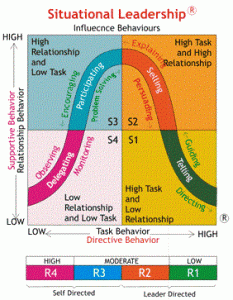 For example, you may need to use selling leadership style if the people are not able to do the task and has very little commitment, in which you may need to explain very clear and specific regarding the task instruction as well as persuade them to do the task. However, if the people have high competence but low commitment, you need to adopt participating leadership style where you only need to encourage them without hardly explaining continuously about the task. As I discussed in my previous blog, Are All Managers Great Leaders?, I believe this leadership style combines management and leadership which is one of the reason why I choose this leadership style. I also think the flexibility in this leadership style is required especially in this continuously changing environment.
For example, you may need to use selling leadership style if the people are not able to do the task and has very little commitment, in which you may need to explain very clear and specific regarding the task instruction as well as persuade them to do the task. However, if the people have high competence but low commitment, you need to adopt participating leadership style where you only need to encourage them without hardly explaining continuously about the task. As I discussed in my previous blog, Are All Managers Great Leaders?, I believe this leadership style combines management and leadership which is one of the reason why I choose this leadership style. I also think the flexibility in this leadership style is required especially in this continuously changing environment.
When I considered all alternatives of leadership styles, I was inspired by Jack Stahl, a former CEO of Coca Cola and Revlon.  Jack argued that the best leaders are situational, in which they are able to step into any circumstances and recognise whether they need to engage at the strategy level or dive into detail (Prewitt 2007). Sometimes, leaders think that they only need to see the big picture and forget that the details which usually be done by their subordinates or followers are also their responsibility.
Jack argued that the best leaders are situational, in which they are able to step into any circumstances and recognise whether they need to engage at the strategy level or dive into detail (Prewitt 2007). Sometimes, leaders think that they only need to see the big picture and forget that the details which usually be done by their subordinates or followers are also their responsibility.
Furthermore, McGregor (1960) put forward two different human behaviour at work which lead to application of different leadership style. Theory X assume that people are lazy, dislike work, avoid responsibility, prefer to be directed and lack of ambition. Therefore, in theory X, leaders should adopt directing and controlling leadership style or commonly known as authoritarian leadership style. In contrast, theory Y believe that people are self-motivated, like work, not only accept responsibility but also seek for greater responsibility, are ambitious, exercise self-control and self-direction. Therefore, participative leadership style will work best for theory Y. Ouchi then recommends a new theory Z approach in which leaders should learn how to manage people in such a way that they can work together more effectively (Mullins 2013). These 3 different circumstances require different leadership style.
Path to be a Great Leader
 I view leadership as a journey. Many people believe that leaders are born. However, I believe that leadership can be learned by experiencing it. There are several key success factors including characteristic required for a great leader. The first one as I suggested in my previous blog, Let’s Dive in Diversity, leaders have to ensure that the team works effectively in both homogeneous and diverse team. However, nowadays it is almost impossible to find homogeneous team. There must be differences among team members, even their personality or perception could be different. Therefore, leaders should be able to give clear direction, acknowledge differences, communicate effectively, respect each team member and judge their team members objectively by their performances not by their cultural stereotype.
I view leadership as a journey. Many people believe that leaders are born. However, I believe that leadership can be learned by experiencing it. There are several key success factors including characteristic required for a great leader. The first one as I suggested in my previous blog, Let’s Dive in Diversity, leaders have to ensure that the team works effectively in both homogeneous and diverse team. However, nowadays it is almost impossible to find homogeneous team. There must be differences among team members, even their personality or perception could be different. Therefore, leaders should be able to give clear direction, acknowledge differences, communicate effectively, respect each team member and judge their team members objectively by their performances not by their cultural stereotype.
In managing the team, it is also necessary for leaders to understand that there are stages of team development, for instance the five stages introduced by Tuckman and Jensen (1977).
In each stage, leaders should be able to position themselves differently. For example, in forming stage, leaders may need to communicate to all members their objectives. However, in storming stage, they might need to be a problem solver and find conflict resolution. This problem solving skill is very important and I have developed this skill by continuously trying to solve the problem asked by my colleagues and provide the best solution for it.
Apart from having leadership skill such as knowing how to motivate and inspire people, how to give feedback and delegating tasks, leaders should also have management skill including planning, organising tasks, giving orders, coordination and monitoring. I have been given an opportunity to exercise my leadership skill in every group work for my current MBA program, especially team working including motivating and delegating task for each member. However, I still need to develop my time management skill. I learned a lot from my classmates about the importance of this time management.
The fact that changing is inevitable is another important thing that leaders should realise. Therefore, great leaders should not only accept change, but also create change. It might not be an easy journey to create change because most people might resist to the change as I have stated in my previous blog, One Small Step To Lead: Be a Change Agent, but leaders should remind themselves that without changing, it is hard to survive in the changing world.
As I stated in my previous blog, Ethical Leadership: One Way for Competitive Advantage, without ethical behaviour, their great capabilities could lead them to wrong path. Therefore, a finishing touch for a great leader is demonstrating ethical behaviour. Leaders are role models for its followers. If they behave unethical, the followers will follow the same behaviour or at least are forced to act the same due to peer pressure.
Leaders should also lead without arrogance. Imagine if you are led by arrogant leaders. How do you feel? Do you want to be led by those leaders? Do you even feel comfortable working with them? Instead, they must be charismatic to build rapport and make people trust them.
The Challenges and My Personal Experience
As a leader, it is not easy to influence people to follow you. I personally learned from writing this blog and influence people to give their valuable comments on my blog. Honestly, it is not that easy. Not all the people that I share the blog link will provide their comment. I think half of them did not even bother to read it. However, giving up is never a solution. How you influence and persuade others to follow and comment on your blog and not giving up is the key to overcome this challenge. Let’s look at this useful video.
The video First Follower: Leadership Lessons from Dancing Guy by Derek Sivers showed us that it takes courage to be different. The question is do you dare to be one? The dancing guy looks very ridiculous at first. However, by gaining more and more followers, the remaining people who do not dance at the end are the weird ones. Yet, it is not easy for him to gain followers. What he did is doing dancing movement repeatedly which looks like instruction for the followers. Only by providing clear instruction, leaders can gain followers. No one will want to follow a leader who is unable to provide clear instruction because people will not understand what and how to do the task.
Another challenge is different culture which requires different leadership style. For example, in Indonesia, where most people are more likely in theory X assumption, leaders should adopt authoritarian leadership style rather than participative leadership style. To avoid conflict, leaders should adopt different leadership style in different circumstances.
This is my preference style of leadership, What about your preference leadership style?
References:
Hersey, P. and Blanchard, K.H. (1993) Management of Organizational Behavior: Utilizing Human Resources. 6th ed. London: Prentice-Hall
McGregor, D. (1960) The Human Side of Enterprise. New York: McGraw-Hill
Mullins, L.J. (2013) Management & Organisational Behaviour. 10th ed. Harlow: Pearson
Prewitt, M. (2007) ‘The Situational Leader’ PwC Strategy& Inc [online] 11 September 2007. available from <http://www.strategy-business.com/article/li00042?pg=all> [6 July 2014]
Tuckman, B. W. and Jensen, M. A. C. (1977) ‘Stages of Small-Group Development Revisited’ ABI/INFORM Global [online] 2 (4), 419. available from <http://www.freewebs.com/group-management/BruceTuckman(1).pdf> [6 July 2014]

